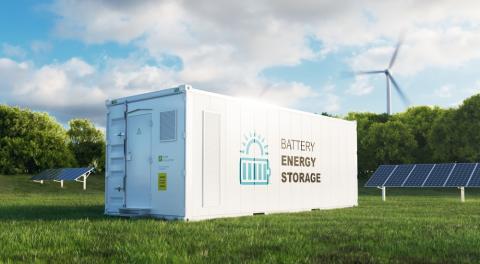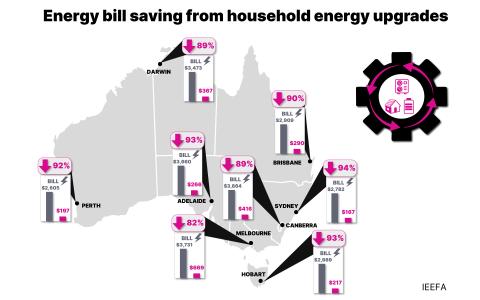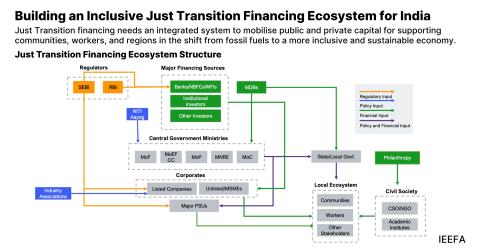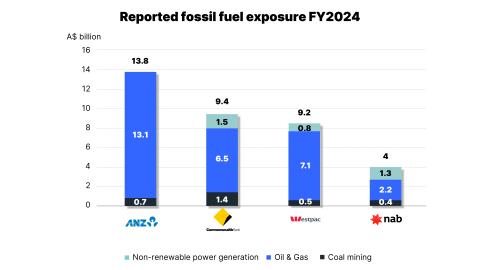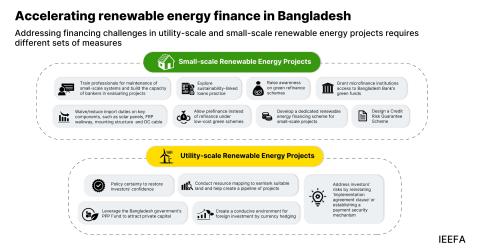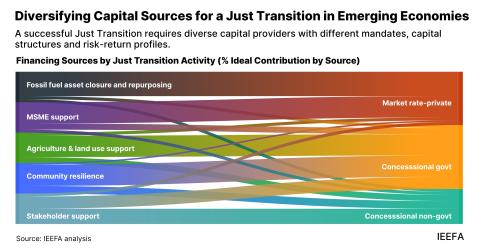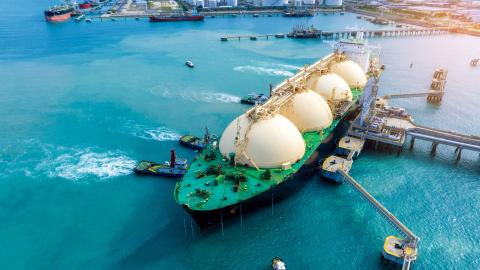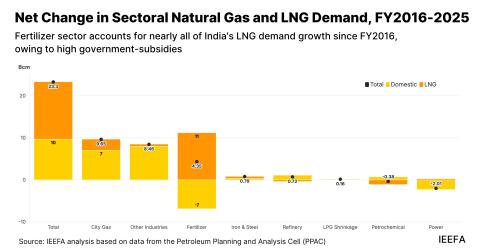IEEFA report: Argentina’s Vaca Muerta Patagonia fracking plan is financially risky, fiscally perilous

New York/Buenos Aires (March 21, 2019) — The Vaca Muerta oil and gas project, which promises to double oil and gas production over the next six years in Argentina, is facing such strong headwinds from current fiscal, market, political and environmental forces that “the plan is likely to fail,” according to a report released today by the Institute for Energy Economics and Financial Analysis (IEEFA), a global financial research group.
“The Vaca Muerta extraction plan promises subsidies that are unaffordable, relies on a financially weak Argentine business team and hopes to attract global oil and gas companies when there are much better opportunities elsewhere,” said IEEFA finance director Tom Sanzillo who co-authored the report. “Over the last six years, foreign investors have signed agreements with the biggest names in the oil and gas business, but progress is slow, commitments are thin and future plans unrealistic.”
The Vaca Muerta basin in northern Patagonia holds the country’s largest shale gas and oil reserves and some of the largest such reserves in the world.
The report, Financial Risks Cloud Development of Argentina’s Vaca Muerta Oil and Gas Reserve, details how Argentina’s most important foreign partners in Vaca Muerta are becoming increasingly skittish, citing subsidy reductions, weak infrastructure, lack of water resources, and political instability, threatening the achievement of Argentina’s aggressive production goals.
“Argentina is counting on foreign investors to save the potentially doomed project and revive the national economy,” said Kathy Hipple, IEEFA financial analyst and co-author of the report. “Global oil and gas companies are dependent on subsidies in Argentina because of the high levels of risk. The assumption that the private sector will step up investment as Argentina reduces its commitment is unrealistic and the country’s aggressive production goals are likely to fall short.”
Subsidies are needed to reduce high risk level
The growing list of investor concerns includes the government’s broken promises to consumers and producers to bring balance and growth to Argentina’s energy markets. When the government announced steep production subsidy cuts in January 2019, key partner Tecpetrol reacted strongly — including stopping production and laying off workers. Moody’s called the subsidy cuts “credit negative” for investors in the project.
“The fact remains that to date 65% of investments are from the government or government-affiliated entities. This is draining the country’s coffers and gambling with its future,” said Sanzillo.
The report points out that Vaca Muerta’s development progress has been comparatively meager relative to the Permian Basin in Texas, to which is it frequently compared as a global source of oil and gas. In the first six years of Permian Basin development producers completed 3,021 wells, as compared to only 342 wells during the first six years of development in Vaca Muerta.
The full complement of risks facing the project is daunting. Argentina faces macro-economic instability (devaluing peso, staggering debt), political uncertainty, inadequate transport and infrastructure, water scarcity and growing public opposition, including protests by indigenous rights groups.
“The decline and restraint shown by foreign partners signals that production and investment goals will not be met,” according to the report.
Read the full report: Financial Risks Cloud Development of Argentina’s Vaca Muerta Oil and Gas Reserve
Report en español: Riesgos financieros opacan el desarrollo de reservas de petróleo y gas en Vaca Muerta, Argentina
Executive summary: Financial Risks Cloud Development of Argentina’s Vaca Muerta
Spanish language version of press release: Informe IEEFA: El plan argentino de fracking en Vaca Muerta de Patagonia es financieramente riesgoso, fiscalmente peligroso.
Spanish language version of executive summary (resumen ejecutivo): Informe IEEFA sobre Vaca Muerta de Argentina_marzo 2019
About the Authors
Tom Sanzillo, director of finance for IEEFA, is a frequently cited global financial analyst with expertise in the coal, oil, and gas industries. Sanzillo has held senior policy management positions with the City and the State of New York, including as former first deputy state comptroller, where he oversaw more than US$200 billion in state and local municipal bond programs and a US$156 billion pension fund.
Kathy Hipple, a financial analyst at IEEFA, is professor of finance at Bard’s MBA in Sustainability program. Hipple has written extensively about sustainable, responsible and impact finance and investing. As vice president at Merrill Lynch for 10 years, she placed fixed income securities with international institutional clients and advised international life insurance companies and pension funds.
About IEEFA
The Institute for Energy Economics and Financial Analysis (IEEFA) conducts global research and analyses on financial and economic issues related to energy and the environment. The Institute’s mission is to accelerate the transition to a diverse, sustainable and profitable energy economy.
Media contacts
U.S. : Vivienne Heston, IEEFA, [email protected], +1 (914) 439-8921
Europe: Joseph Zacune, Global Strategic Communications Council, [email protected], +47 930 77 925
Argentina: Laura Rocha, Pilar Assefh, [email protected], +54 91155724040


